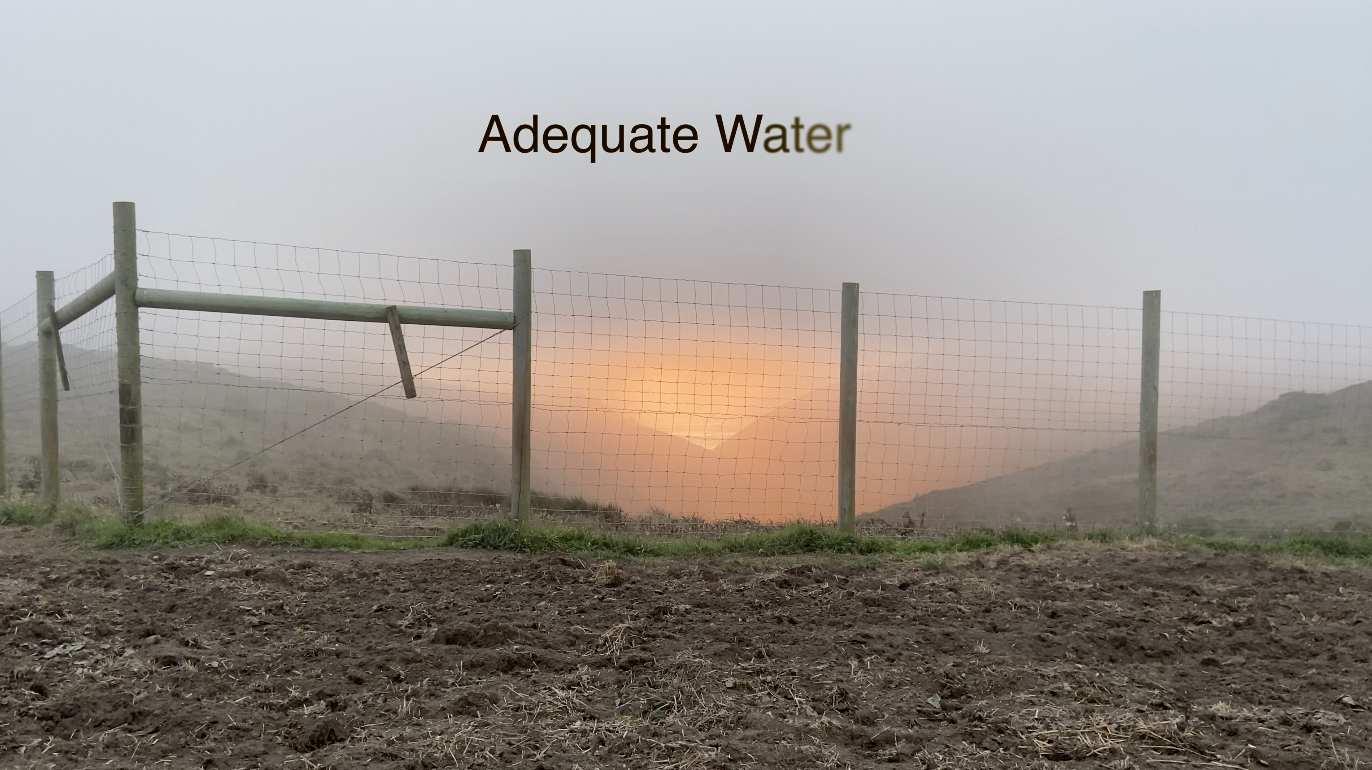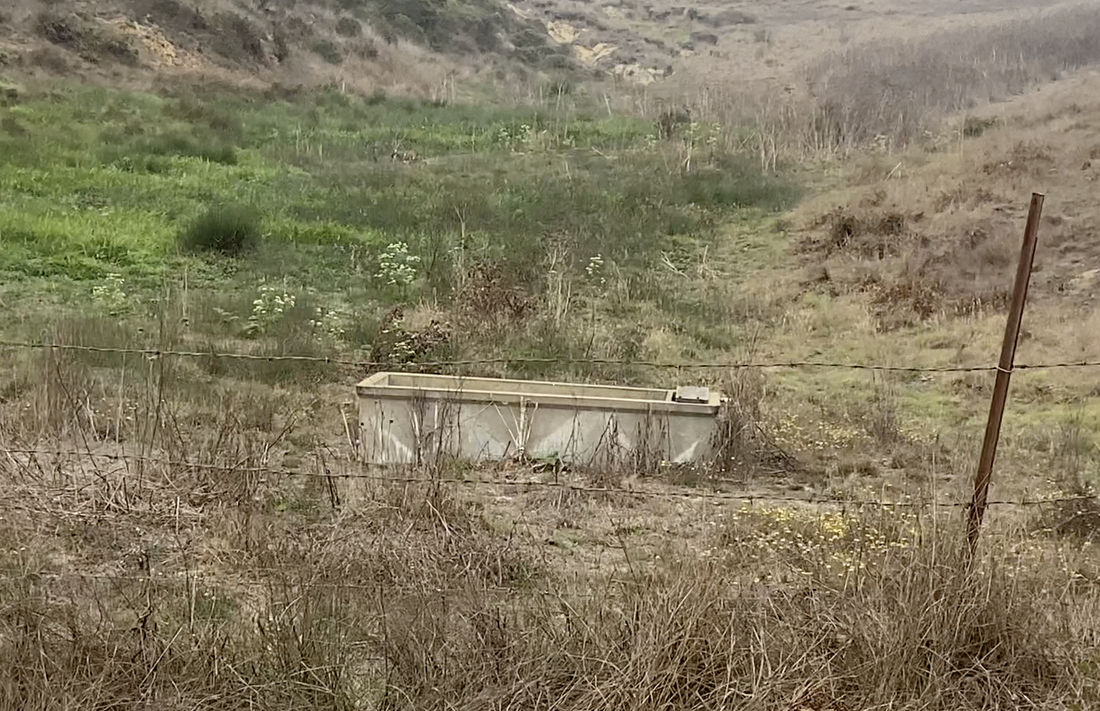|
A new series that gives you a quick rundown on issues regarding Point Reyes National Seashore. Watch each episode at this link
0 Comments
Corpses, barbed wire, abandoned fencing. What the Actual F$%@!?
The latest episode of the Adequate Water Series is here
Continuing from the last episode of the adequate water series we expand on the theme that blocking access to water is only one of the problems fencing poses to wildlife.
And we see an increasing amount of evidence that the park service manages the park in a neglectful and even embarrassing manner. The entire series can be watched here #pointreyes #pointreyesnationalseashore #melaniegunn #nationalseashore #embarrassing #nationalparks #neglect #morality #ethics #fencing #tulelek #fencehazard #wildlife #animals #elk #endangered #nationalpark #california #sf #bayarea #bayareawildlife #californiawildlife
Sadly, the lack of water in the elk reserve wasn't the only obstacle to discover facing the elk and other wildlife suffering under the current park management. And sadly, this is only part 1. . #pointreyes #fencing #barbedwire
The adequate water series has begun. Every episode can be found here.
Tired of listening to the park service downplay the drought situation facing the trapped Tule elk within Point Reyes National Seashore, two people set out with the parks service's "water sources" map to document the camera themselves.
Interview with Laura Cunningham and Julie Phillips
Two scientists speak of the potential for nature to heal when native plants and animals are allowed to exist together rather than a forced concept of human agriculture and wildlife attempting to exist together. Julie Phillips Tule Elk Biologist Retired College Instructor, Environmental Science and Nature Based Teacher Website: naturebasedteaching.com Laura Cunningham California Director Western Watersheds Project pointreyesrewild.org Paintings by Laura Cunningham Graphics by Julie Phillips Video footage by Skyler Thomas #tuleelk #renerativefarming #regenerativeranching #nature #science #ecology #pointreyes #livestock #pointreyesnationalseashore
Yet another former park service employee takes a public stance against the management practices taking place in our national seashore. Judd Howell is a wildlife scientist who conducted a multi-year study on the Tule elk in Point Reyes National Seashore. Here's what he had to say.
How many times does the park service have to be caught lying to the public before we wake up to the fact they are corrupt? On Sunday, Sept. 13th park rangers told ABC7's Dan Noyes that there was absolutely no plan to cull the elk. That's a bold faced lie that can be proven in writing. The management plan that the park service not only wrote but endorsed as their preferred alternative literally says they will manage the population with lethal removal. THAT IS CULLING!!!! And it's their preferred plan!!!!!!!! You can see the preferred alternative yourself below #pointreyesnationalseashore #pointreyes #tuleelk #cull #lies #killingwildlife Snippet from the plan below Full document
Man-made watering holes, naturally occuring ponds, seeps, creeks, and numerous troughs could be seen throughout the ranch lands as we drove away from the fenced elk slowly dying of thirst.
Overhearing the conversation between a park service representative and ABC 7's Dan Noyes I learned that the merciful water troughs brought in by activists were removed by the park under the excuse of fear that the troughs could be poisoned. And yet there's no concern over the cattle troughs being poisoned, many of which are easily accessible from the road, such as the one pictured here. Let me say it another way; troughs, hidden in the terrain of the elk reserve, are supposedly a target for an imaginary group of people who might be motivated enough to drive all the way to the seashore, hike into the reserve, find the troughs, then poison the water. The only humans interested in hurting these elk are the ranchers and sadly the park staff themselves (it is the park service who CHOSE the management plan that included culling elk.) Be aware, in the media the park service is using these foolish excuses to distract the public from the bottom line that they are adamant about not helping the elk. #parkservice #corruption #ranching #dairy #pointreyes #tuleelk #thirst #drought #pointreyenationalseashore #shameofpointreyes |
TAX DEDUCTIBLEThis project is independent and self-funded. The time and financial investment is significant. Support is greatly needed and appreciated.
|
||||||
- Blog
- The Film
- Donate
-
Truth isn't Easy
- MALT Considerations
- The Families (Overview Page) >
- Morning Cup of Cow Shit
- Adequate Water
- Regenerative Ranching Debunked
- An Ecologist's Tour of Point Reyes
- Wildlife Biologist 1
- Ignoring the Public
- Ranching Association
- All Bonus Video Material
- 50 Minutes of Destruction
- 45 Minutes of Marin Destruction
- Debunking Propaganda
- Calf Reality
- Cruelty: Standard Practice
- Plant Ecology Crash Course
- Take Action
-
Resources
- Regenerative Bullshit
- Fire
-
Documents
>
- An Administrative History
- Plants and Cattle
- Water Waivers
- Leases
- Point Blue Study - Ranching Harms Native Birds
- Ranching and Ravens - Audobon Study
- Responsive Management Survey
- FOIA / Rancher Violations
- PRNS Coastal Watershed Assessment
- Top Crappy Places
- An Administrative History of PRNS
- Original Legislation
- Ranchers Fighting Against the Seashore
- The Dynastic Wealth of Point Reyes Ranch Families
- 'This Land' - The Uncomfortable Truth
- Bruce Keegan History
- The New Threat
- Plan F
- Facts VS. Myths
- By The Numbers
- For Elk
- Nature in National Parks
- Sign Up
- Blog
- The Film
- Donate
-
Truth isn't Easy
- MALT Considerations
- The Families (Overview Page) >
- Morning Cup of Cow Shit
- Adequate Water
- Regenerative Ranching Debunked
- An Ecologist's Tour of Point Reyes
- Wildlife Biologist 1
- Ignoring the Public
- Ranching Association
- All Bonus Video Material
- 50 Minutes of Destruction
- 45 Minutes of Marin Destruction
- Debunking Propaganda
- Calf Reality
- Cruelty: Standard Practice
- Plant Ecology Crash Course
- Take Action
-
Resources
- Regenerative Bullshit
- Fire
-
Documents
>
- An Administrative History
- Plants and Cattle
- Water Waivers
- Leases
- Point Blue Study - Ranching Harms Native Birds
- Ranching and Ravens - Audobon Study
- Responsive Management Survey
- FOIA / Rancher Violations
- PRNS Coastal Watershed Assessment
- Top Crappy Places
- An Administrative History of PRNS
- Original Legislation
- Ranchers Fighting Against the Seashore
- The Dynastic Wealth of Point Reyes Ranch Families
- 'This Land' - The Uncomfortable Truth
- Bruce Keegan History
- The New Threat
- Plan F
- Facts VS. Myths
- By The Numbers
- For Elk
- Nature in National Parks
- Sign Up




